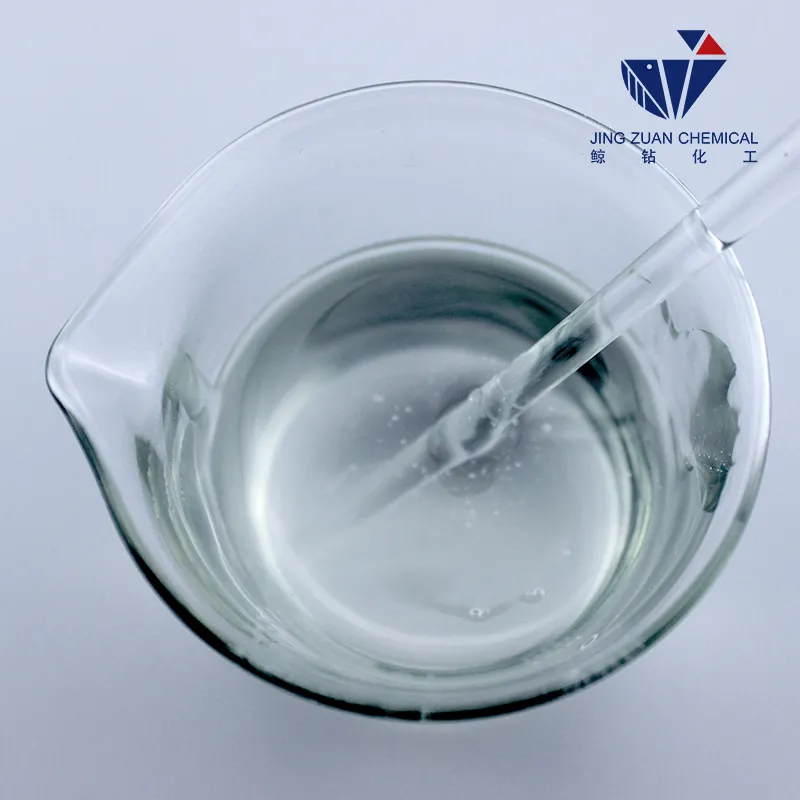
ئاۋغۇست . 04, 2024 02:14 Back to list
The Relationship Between Hydroxyethyl Cellulose Viscosity and Its Concentration in Various Applications
Understanding the Relationship between Hydroxyethyl Cellulose Viscosity and Concentration
Hydroxyethyl cellulose (HEC) is a water-soluble polymer derived from cellulose, which is widely recognized for its versatile applications in various industries, including pharmaceuticals, cosmetics, food, and construction. One of the critical characteristics of HEC that defines its functionality in these applications is its viscosity, which varies significantly with concentration. Understanding this relationship is paramount for formulators seeking to optimize product performance.
Viscosity is a measure of a fluid’s resistance to flow and is influenced by several factors, including temperature, shear rate, and the concentration of the polymer in solution. When discussing HEC, concentration plays a vital role in determining viscosity. Typically, as the concentration of HEC increases, viscosity rises due to the higher number of polymer chains in the solution, leading to increased interactions among these chains.
At low concentrations, HEC behaves as a Newtonian fluid, meaning its viscosity remains relatively constant regardless of the applied shear rate. However, as the concentration increases, HEC solutions exhibit non-Newtonian behavior, where viscosity changes with shear rate. This phenomenon is critical for applications where controlled application or processability is necessary, such as in paints or coatings, where varying shear rates occur during application and drying.
The increase in viscosity with concentration can be attributed to the entanglement of polymer chains and the formation of a three-dimensional network structure as the HEC concentration rises. This network traps water molecules, leading to a thickening effect, which is beneficial in many applications. For instance, in the construction industry, HEC is often added to mortars and tile adhesives to improve workability and reduce water loss. A more viscous solution ensures that these materials remain workable longer, enhancing their application performance.
hydroxyethyl cellulose viscosity concentration

Moreover, the cumulative effects of temperature and shear must be considered when working with HEC. Higher temperatures can reduce viscosity due to the increased kinetic energy that allows the polymer chains to move more freely. Conversely, applying shear—such as during mixing—can temporarily decrease viscosity, potentially leading to challenges in processing and application. Understanding these dynamics is crucial for formulators to maintain consistency and reliability in their products.
In pharmaceutical formulations, the viscosity of HEC impacts drug delivery systems and the release profiles of active ingredients. By adjusting the concentration, formulators can modify the rheological properties, leading to desired release rates in gels, ointments, and suspensions. Therefore, using HEC strategically based on its concentration-related viscosity can enhance therapeutic effectiveness.
Additionally, in cosmetics, HEC plays a critical role in product consistency, stability, and sensory attributes. Whether in lotions, creams, or shampoos, the viscosity of HEC solutions affects how products adhere to the skin or hair, impacting the overall consumer experience. Adjusting the concentration of HEC allows formulators to achieve the desired texture and spreadability, enhancing product appeal.
In conclusion, understanding the relationship between hydroxyethyl cellulose viscosity and concentration is vital for optimizing its use across various industries. By manipulating the concentration of HEC in formulations, manufacturers can tailor viscosity to meet specific requirements, ensuring functionality, performance, and consumer satisfaction. As research continues and new applications for HEC emerge, this knowledge will be instrumental in advancing product development and innovation in diverse sectors.
-
Why HPMC is a Key Additive in Wall Putty Formulations
NewsAug.05,2025
-
Redispersible Powder in Decorative Renders: Function Meets Finish
NewsAug.05,2025
-
Redispersible Powder for Interior Wall Putty: Smooth Results Every Time
NewsAug.05,2025
-
HPMC’s Water Retention Capacity in Dry Mortar Applications
NewsAug.05,2025
-
HPMC Factory Contributions to Liquid Detergents
NewsAug.05,2025
-
How HPMC Factory Products Change Detergent Textures
NewsAug.05,2025







